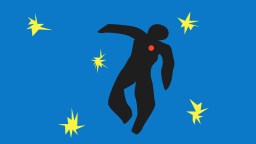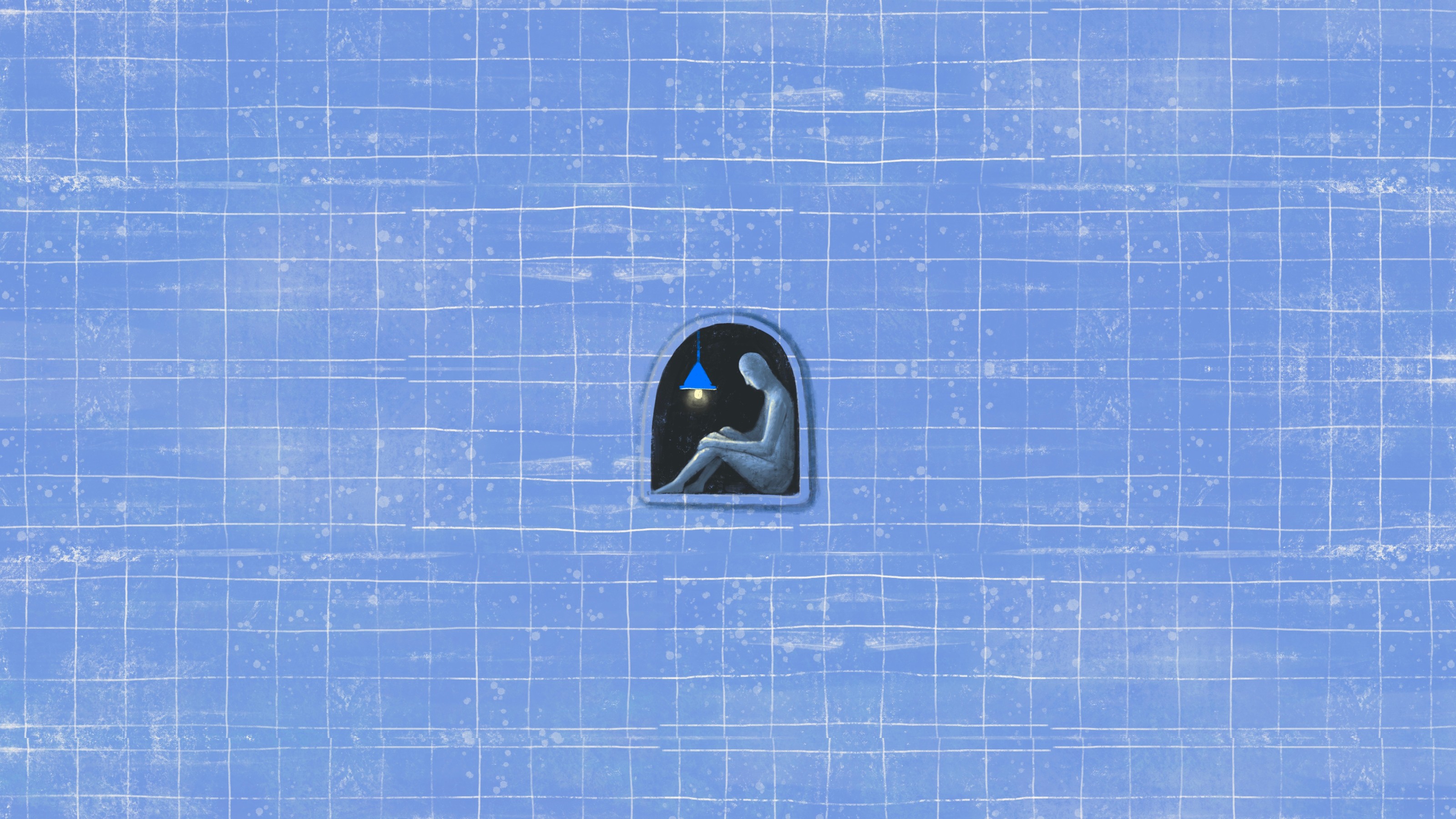Acclaimed psychiatrist Bessel van der Kolk explores his field’s long, complex, and stubborn history with traumatic experiences. Dr. van der Kolk explains how, for the better part of a century, psychiatry avoided progress by relying on outdated misdiagnoses. The results of trauma were deemed “hysteria” or, in the case of shell-shocked soldiers, “malingering.” The experiences of abused women and children were more or less ignored, and they’re still being ignored in the way diagnoses are given today. Psychiatry is still not cognizant enough of the traumatic experiences that lead to diagnoses. In a way, we’re simply treating the symptoms, not the problem.
Van der Kolk’s latest book is titled “The Body Keeps the Score.”
Bessel van der Kolk: Psychiatry has always had a complex relationship to trauma. It first started off as a discipline that looked at the bizarre symptoms that people have and then they uncovered way back in the late 1800s at the Salpêtrière in Paris particularly that people have very bizarre reactions to trauma and so that defines hysteria 150 years ago. So there was some interest in it. And then they put a kibosh on it; people are no longer allowed to study hysteria. The first World War breaks out; a huge number of traumatized guys have the same symptoms as these women. People come home from the first war, have a terrible experience. They're all being accused of malingering; very traumatized people; probably had a lot to do with the rise of Nazism.
And eventually the second World War, a lot effort the second World War. And then in 1947, the last book about war trauma gets published and there's nothing till 1982 or something. So it takes a long time. And even when I was a student my textbook said that incest is extremely rare and it is really good for people and it doesn't really cause any major damage because it gives women and girls permission to do something that is really forbidden, but eventually protects their mental health. And so there has been a long-term, complex relationship where psychiatry really doesn't want to see trauma and in occurrence DSM, what people call the Bible of Psychiatry, where my colleagues and I, at the National Child Traumatic Stress Network, worked very hard to get a diagnosis in to make room for the hundreds of thousands, if not millions, of kids who get abused and neglected, whose parents go off to jail, whose parents are drug addicts, whose parents are not there for them and them being grown up. We try to get a diagnosis called Developmental Trauma Disorder and the response was after submitting data on 20,000 children with this problem, they said, "Oh we don't really have enough evidence for this niche diagnosis." And in fact vast numbers of people who seek psychiatric care are in fact traumatized human beings.
So now we live with weird diagnosis like Oppositional Defiant Disorder where people don't ask why did these kids become defiant; or cold and dark disorder where these kids behave strangely; Bipolar Disorder; kids being mentally unstable; going up and down on their emotions. And people don't really—psychiatry doesn't really want to look at what's behind there. And as a consequence, instead of looking at social conditions as being at the origin of these disorders, these kids get drugged up. Last year in the U.S., kids got $18.1 billion worth of psychotropic drugs and these drugs actually do calm people down, but they also work on the reward system in the brain and decrease curiosity, openness, experimentation, engagement with people. And I am extremely concerned that all these medicated children in America are likely to grow up having a deficit in the capacity to engage, a deficit in the capacity to learn, to be original, to be engaged, to be a useful member of the workforce. So the neglect of the issue of trauma in the U.S., in particular, is a very serious public health issue.
Directed/Produced by Jonathan Fowler, Elizabeth Rodd, and Dillon Fitton






